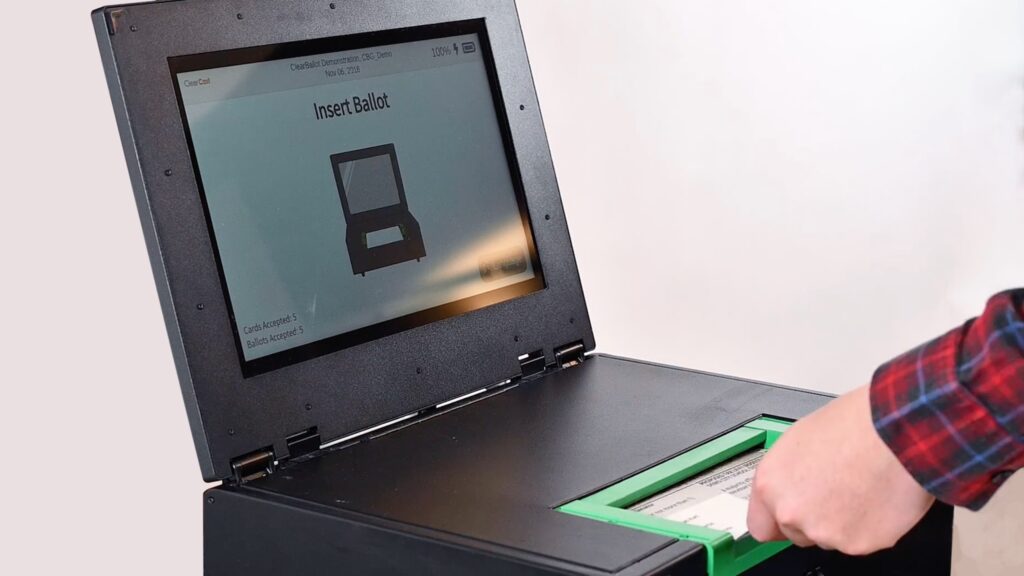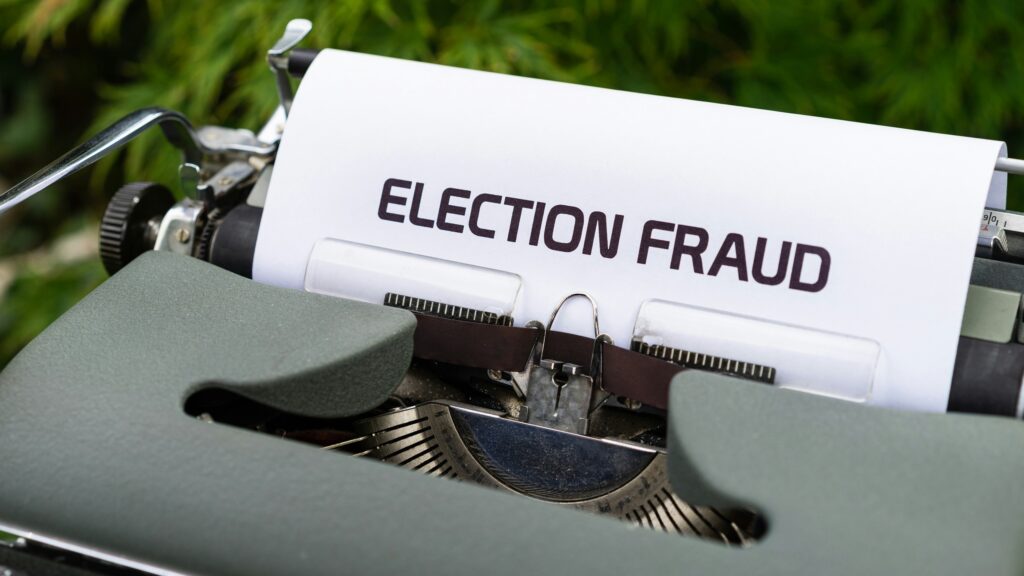As United States election officials count votes, the debate over electronic voting machines takes centre stage: Are they secure and efficient? Many regions in the United States have implemented electronic voting machines at polling stations. However, according to the Brennan Center for Justice from the University of New York, 98% of voters are expected to use paper ballots in 2024.
One argument in favour of these machines, according to the World Economic Forum, is that the shift towards using new technologies (such as optical scanners and ballot-marking devices) seeks to streamline the process. “For governments, the benefits of e-voting include more efficient elections and a faster count,” the organisation defends.
This makes special sense for voters with disabilities or those in remote locations, with electronic voting systems offering increased convenience.
Are voting machines safe?
Despite these benefits, security is a considerable concern. While electronic systems are designed to meet the standards set by the Election Assistance Commission (EAC), vulnerabilities still exist, raising concerns about hacking or software malfunctions.
To address these risks, most machines (not all, since some polling places opt to connect to the internet to provide faster results) used in US elections are “air-gapped”; they are not connected to the internet during voting, making them less vulnerable to cyberattacks.
However, debate about the integrity of digital voting systems has persisted since the 2020 election, fuelled by claims of widespread fraud. These claims have led to increased scepticism, with some public figures, like tech mogul Elon Musk, questioning the security of voting machines.
Nonetheless, most experts in election security argue that these systems are safe, pointing to safeguards like post-election audits, paper trails for recounts, and transparent certification processes.
“Today, eight years later, because of all the incredible work by election officials to strengthen the security and resiliency of our election process, election infrastructure has never been more secure, and the election stakeholder community has never been stronger,” said Jen Easterly, director of the Cybersecurity and Infrastructure Security Agency, in the Biden administration.


Costly and imperfect machines
Despite these assurances, the cost of implementing and maintaining electronic voting systems is substantial. In the state of Georgia, for example, the cost per voter is between US$10 to US$30, depending on the study. Expenses do include the cost of ballot printing and the long-term upkeep of the machines.
In addition to the financial burden, technical issues with e-voting systems have led to voting errors in previous elections: ballot-marking devices have malfunctioned, displaying incorrect information or failing to register votes properly. Similarly, optical scanners have struggled to read ballots due to damage or dirt, resulting in vote misreads that require manual intervention.
In the United States alone, in 2024, there have already been at least two incidents of errors in elections involving electronic voting machines. In a primary race in Utah, some ballots were not accurately counted because of unclear markings that the machines could not interpret. Additionally, a Puerto Rico election experienced “hundreds of discrepancies” as machines incorrectly calculated vote totals.



